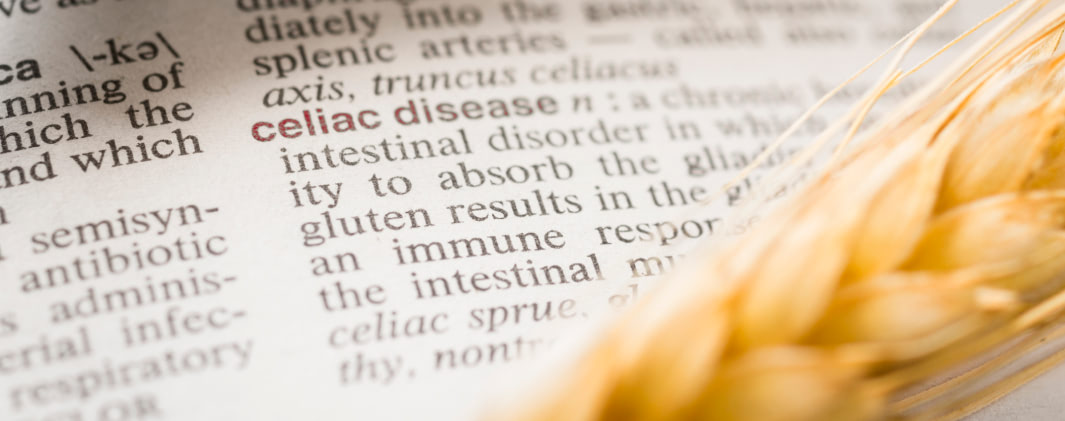Managing Celiac Disease: Understanding Food and Dietary Choices
Understanding Celiac Disease
Celiac disease is a serious autoimmune disorder where the ingestion of gluten leads to damage in the small intestine. Gluten is a protein found in wheat, barley, and rye. When people with celiac disease eat gluten, their body mounts an immune response that attacks the small intestine. These attacks lead to damage on the villi, small fingerlike projections that line the small intestine and promote nutrient absorption. When the villi get damaged, nutrients cannot be absorbed properly into the body.
Symptoms of Celiac Disease
Symptoms of celiac disease can vary greatly among individuals and can affect multiple body systems. Common symptoms include:
- Digestive Issues: Diarrhea, constipation, bloating, gas, and abdominal pain.
- Weight Loss: Unintended weight loss due to malabsorption of nutrients.
- Fatigue: Persistent tiredness and weakness.
- Anemia: Often caused by iron deficiency.
- Dermatitis Herpetiformis: A skin rash characterized by blisters and itching.
- Bone or Joint Pain: Due to malabsorption of nutrients like calcium and vitamin D.
- Neurological Symptoms: Headaches, peripheral neuropathy, and cognitive impairment.
- Growth Issues in Children: Delayed growth and puberty.
- Reproductive Issues: Infertility and recurrent miscarriage.
Importance of a Gluten-Free Diet
The only current treatment for celiac disease is a strict, lifelong gluten-free diet. This means avoiding all foods that contain wheat, barley, and rye, as well as their derivatives. A gluten-free diet allows the intestines to heal, alleviates symptoms, and prevents further damage and complications associated with celiac disease.
Foods to Avoid
Grains and Flours
- Wheat: Including varieties like durum, semolina, and farro.
- Barley: Including malt and malt flavoring.
- Rye: Commonly found in rye bread and rye beer.
- Triticale: A cross between wheat and rye.
Processed Foods
- Breads and Baked Goods: Most breads, pastries, cookies, and cakes contain gluten.
- Pasta: Traditional pasta is made from wheat.
- Cereals: Many breakfast cereals contain wheat or barley.
- Soups and Sauces: Gluten is often used as a thickener in soups and sauces.
- Processed Meats: Some deli meats, sausages, and hot dogs may contain gluten.
- Snacks: Many snacks, including crackers and chips, may contain gluten.
Beverages
- Beer: Made from barley, beer contains gluten.
- Malt Beverages: Drinks containing malt flavoring or malt vinegar.
Safe Foods for a Gluten-Free Diet
Naturally Gluten-Free Grains and Flour
- Rice: Both white and brown rice are gluten-free.
- Corn: Cornmeal, corn flour, and polenta are safe.
- Quinoa: A nutritious grain that is naturally gluten-free.
- Buckwheat: Despite its name, buckwheat is gluten-free.
- Millet: A small-seeded grain that is gluten-free.
- Sorghum: Often used in gluten-free baking.
- Amaranth: A nutrient-dense, gluten-free grain.
- Teff: A small grain that is naturally gluten-free.
Fruits and Vegetables
- All Fresh Fruits and Vegetables: Naturally gluten-free and safe to eat.
- Frozen and Canned: Ensure they are not processed with gluten-containing additives.
Proteins
- Fresh Meat and Poultry: Unprocessed meats are gluten-free. Watch out for processed meats.
- Fish and Seafood: Naturally gluten-free.
- Eggs: A safe and versatile protein source.
- Legumes: Beans, lentils, and chickpeas are all gluten-free.
- Nuts and Seeds: Naturally gluten-free and nutritious.
Dairy
- Milk: Naturally gluten-free.
- Cheese: Most cheeses are gluten-free, but check labels for additives.
- Yogurt: Plain yogurt is gluten-free, but flavored varieties may contain gluten.
Gluten-Free Substitutes
- Gluten-Free Bread: Made from alternative flour such as rice, corn, or almond flour.
- Gluten-Free Pasta: Made from rice, corn, or quinoa.
- Gluten-Free Baking Mixes: Available for making bread, cakes, and cookies.
Tips for Managing a Gluten-Free Diet
Reading Labels
- Ingredient Lists: Always read ingredient lists on packaged foods to ensure they do not contain gluten.
- Gluten-Free Certification: Look for products that are certified gluten-free by a reputable organization.
Avoiding Cross-Contamination
- Separate Cooking Utensils: Use separate utensils, cookware, and appliances for gluten-free foods.
- Clean Preparation Areas: Thoroughly clean surfaces and equipment before preparing gluten-free meals.
- Shared Foods: Avoid sharing foods or dips that may have been contaminated with gluten.
Dining Out
- Research Restaurants: Find restaurants that offer gluten-free options and understand cross-contamination.
- Communicate with Staff: Inform the server and chef about your dietary needs and ask about preparation methods.
- Simplify Orders: Choose simple dishes with naturally gluten-free ingredients, such as salads with oil and vinegar or grilled meats and vegetables.
Conclusion
Managing celiac disease requires a strict adherence to a gluten-free diet to prevent symptoms and complications. Understanding which foods to avoid and which are safe is crucial for maintaining health. By making informed food choices, reading labels carefully, and taking steps to avoid cross-contamination, individuals with celiac disease can lead healthy, symptom-free lives. If you have any concerns about your diet or symptoms, consult with a healthcare provider or dietitian who specializes in celiac disease.



 Close
Close